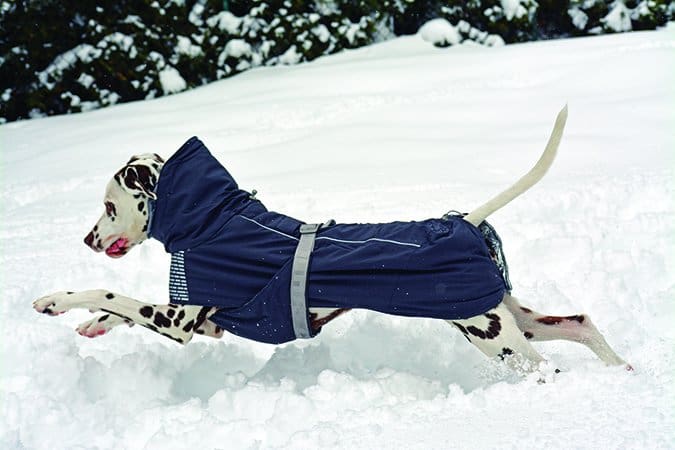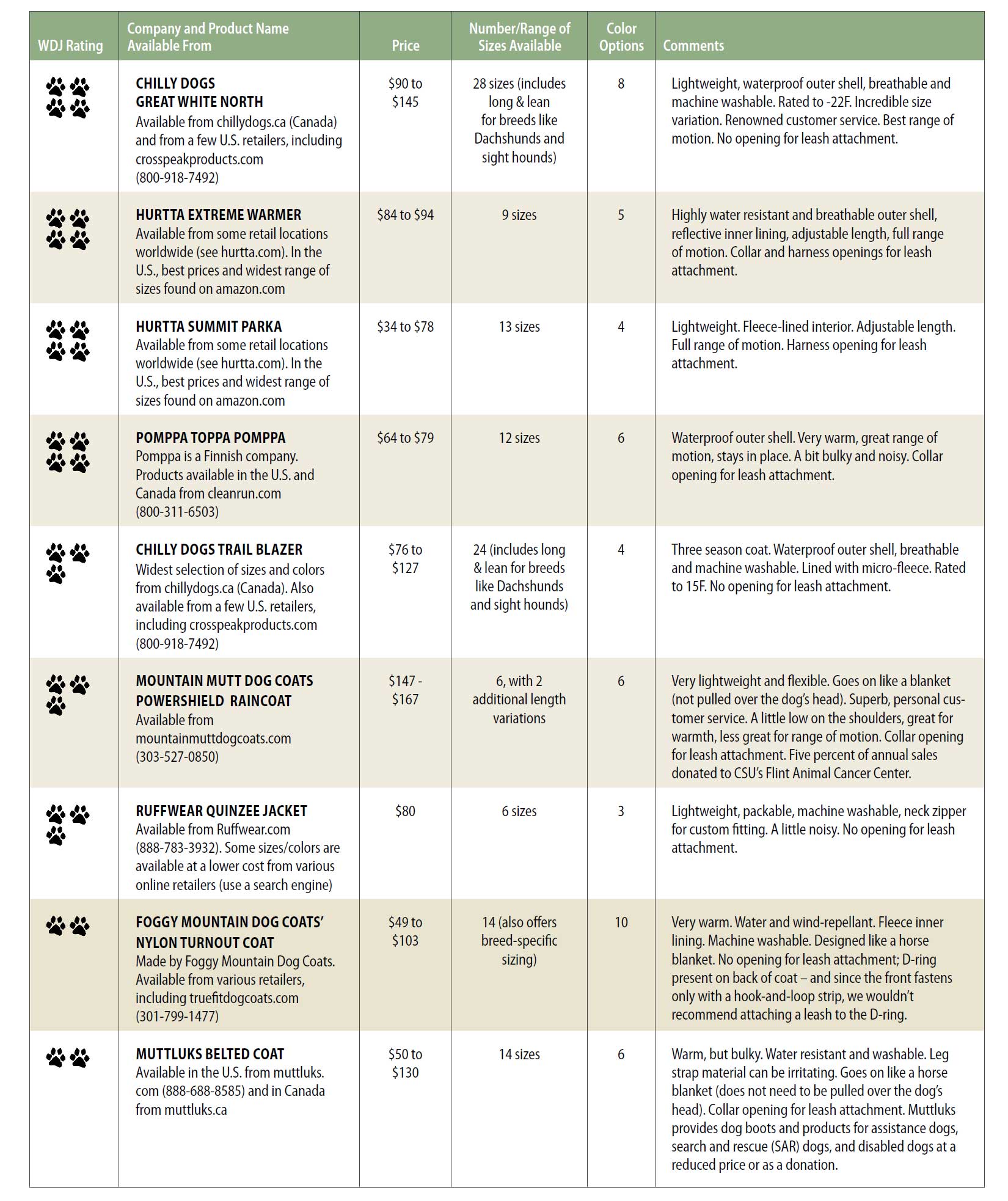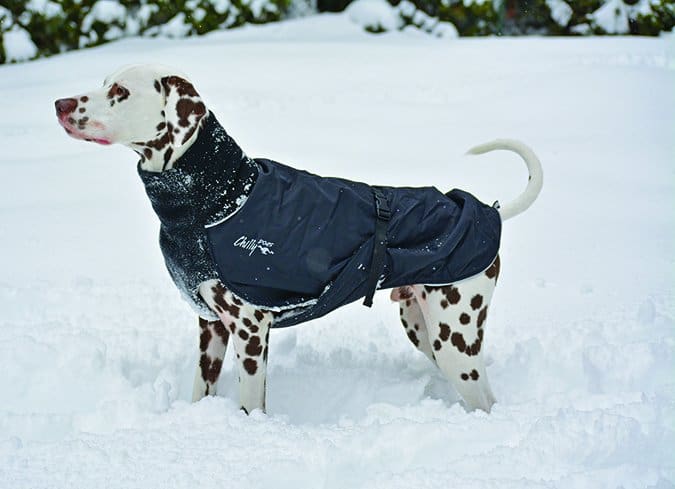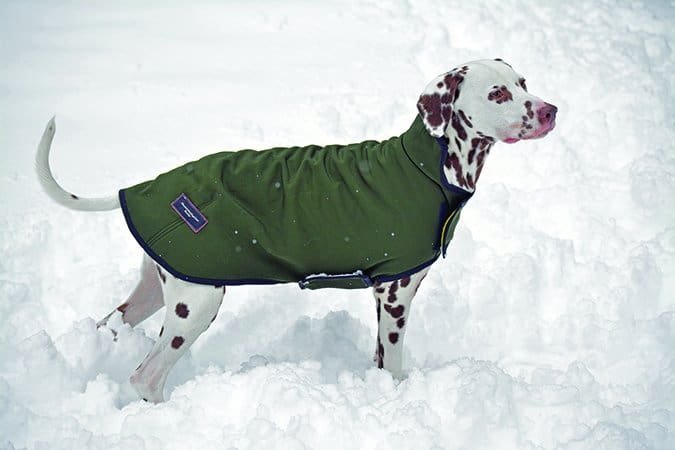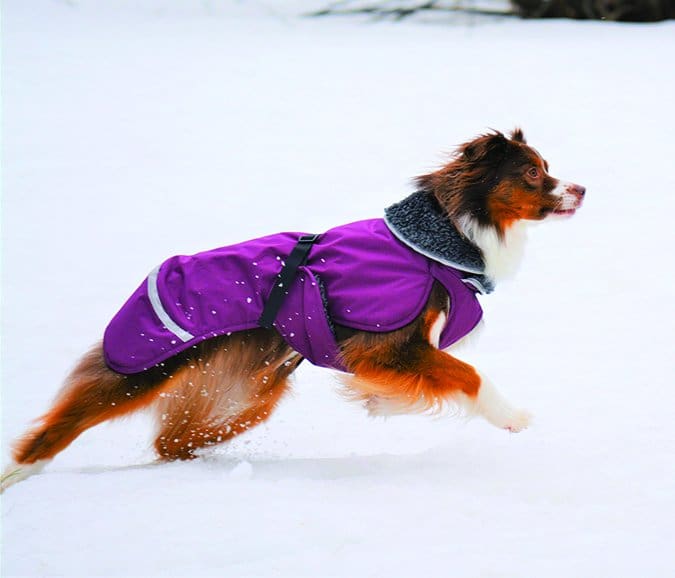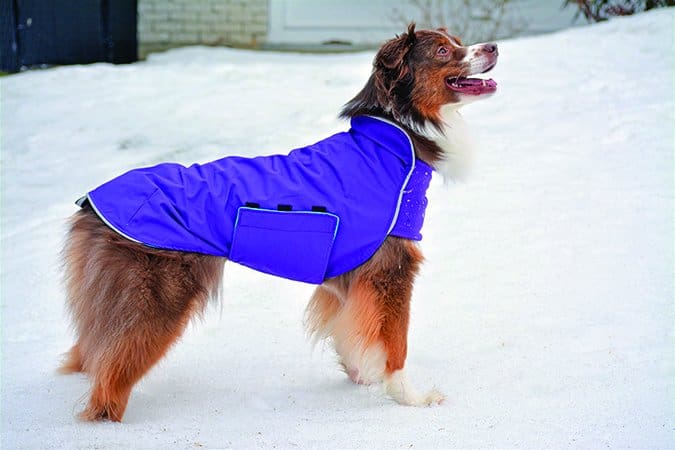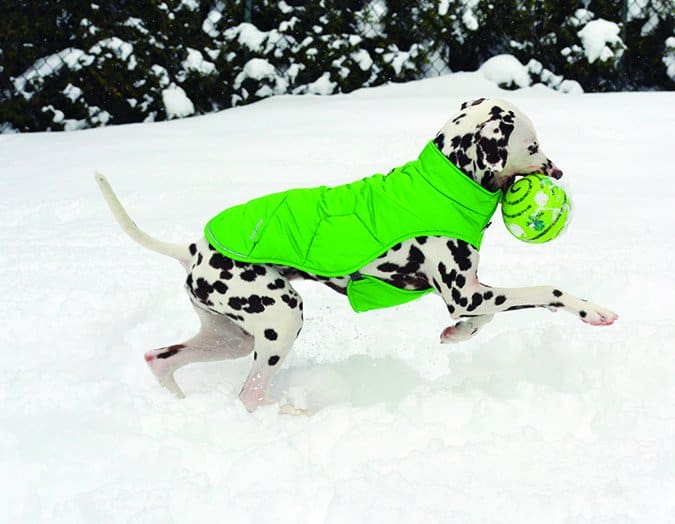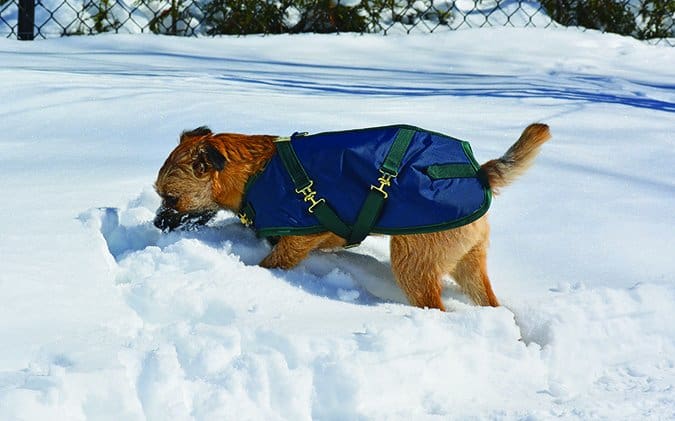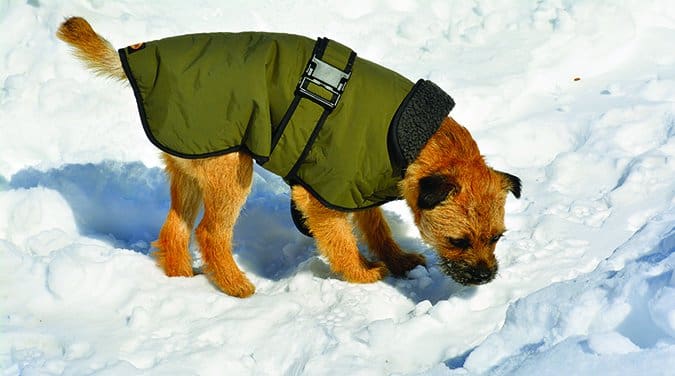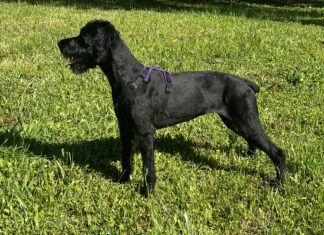It wasn’t all that long ago that our dogs’ dental health was of little concern to veterinarians. Face-melting halitosis, loose teeth, and even missing teeth were considered part of “growing old.”
Fortunately, progress marches on, and veterinarians today are well aware of the importance of good oral health in dogs. A full oral health assessment is part of every comprehensive physical exam and any veterinarian worth his or her salt performs dental scaling, polishing, and extractions, and knows of a veterinary dental specialist nearby for more complicated problems. While your veterinarian might not have said much about your dog’s teeth 10 years ago, today, it’s likely at the forefront of discussion during your dog’s annual or semi-annual health exam. That doesn’t mean your vet is now a money-grubbing capitalist. It means that veterinarians have learned how important their patients’ dental health is and how better to address it.
Why Dental Health is Important for Dogs
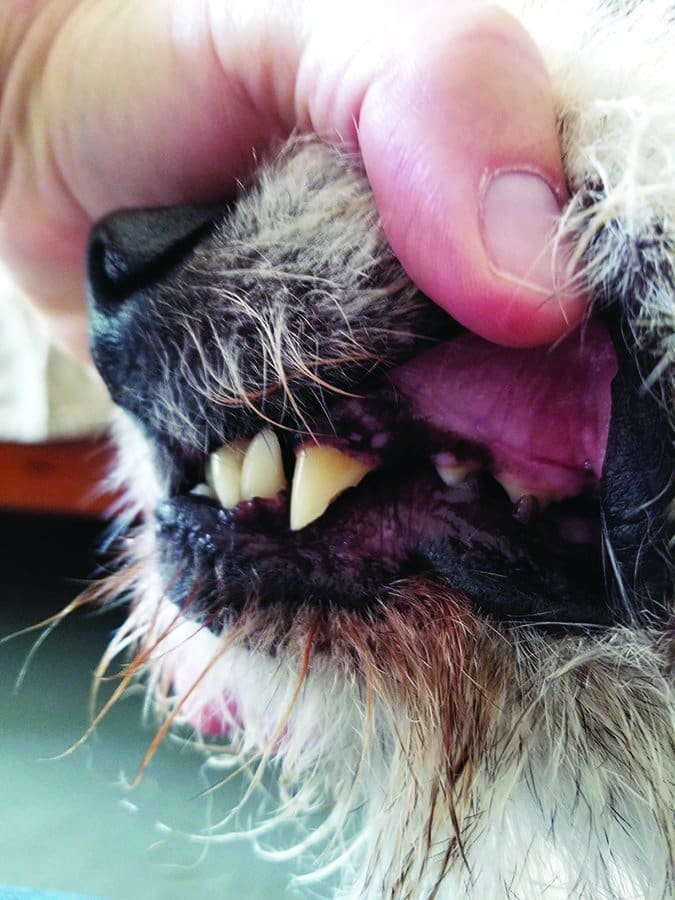
One of the most critical things for dog owners to understand is that dental disease affects more than the dog’s mouth. Diabetes, heart disease, and sinus problems can all be affected by problems with the teeth.
We’ve long noticed the link between oral health and diabetes. Diabetic dogs with heavy calculus and periodontal disease are extremely difficult to manage. Without getting the dental disease under control, it’s almost impossible to control the diabetes.
Thickened valve tissue in the heart is a great spot for bacteria to gather, creating a condition called endocarditis. The bacteria that often finds its way there frequently comes from the dog’s mouth.
Small dogs who reverse sneeze or have eye drainage very often have significant sinus inflammation from severe periodontal disease. Our bodies are connected, so problems in one area often affect many others.
Secondly, and perhaps even more critically, dental disease is painful. Often, clients say to me, “He’s still eating, so his mouth is fine.” I take great exception to that! Dogs are animals. This means they cannot talk to us to tell us when something isn’t right. They have evolved quite far from their pre-domesticated days, but they have retained some instinctive behaviors, including the life-driving need to eat! An animal who does not eat will not survive. It’s really that simple. A dog who is eating is not saying, “I’m fine here! Nothing to worry about!” Rather, he is relying on his most basic instinct to survive.
If you’ve ever had a tooth abscess or dental problem, you know just how painful they can be. You probably still ate, drank, slept, went to work, but that didn’t mean you were comfortable! I can’t tell you the number of clients who have called after a dental to tell me that their dog is acting like a puppy again! It’s an amazing change – and horrible to contemplate how they must have hurt before.
Professional Dental Exam and Dog Tooth Cleaning
I love it when a client tells me she brushes her dog’s teeth at home. I even have some clients who can scale their dogs’ teeth at home. What good dogs! This is awesome and will definitely help maintain good hygiene – but that doesn’t mean their dogs will never need a professional cleaning. Only a thorough exam and cleaning by a veterinary professional can guarantee that the dog’s teeth and gums are truly healthy. It’s true that this service is likely to be pricey – at least a few hundred dollars and sometimes much more. What will your dog receive for that money?
To start, your dog will be fully anesthetized with gas anesthesia, a breathing tube, and (usually) IV fluids. Some clinics recommend but charge for the delivery of IV fluids as a separate option. I understand the urge to save money, but as an advocate for my patients, I have to say that this is not a time or place to scrimp. The placement and use of an IV catheter enables the veterinary team to deliver any needed medications to your dog in the fastest way possible. If your dog were to experience any life-threatening complications during his procedures, an IV would be the fastest way to deliver the life-saving drugs that could bring him back from the brink.
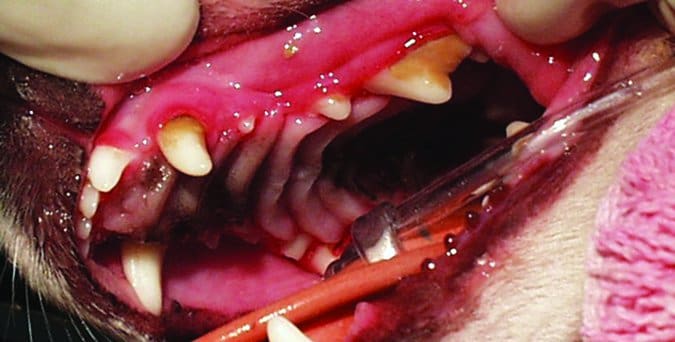
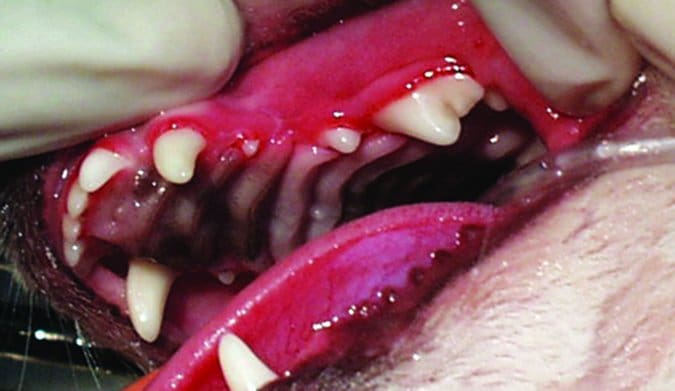
The IV is also used to deliver pain-control medications to keep your dog comfortable before, during, and after the procedure. (Some other pain-control medications may be administered orally and through local injection.)
During the procedure, a licensed veterinary technician will monitor your dog’s anesthesia, tracking his heart rate, breathing, oxygenation, and blood pressure, making sure your dog is safe.
Dental radiographs (x-rays) are another service that are usually charged separately as an option, but their value is so great that their expense is always worth it. Teeth can look perfectly healthy and also have an abscess lurking at their roots, and this is often revealed only by x-ray. Catching and treating this early can prevent the infection from spreading to the roots of adjacent teeth and compromising their health and stability. Undetected and untreated dental abscesses in the upper teeth can also cause sinus infections and even problems with the dog’s eye – so don’t opt-out of x-rays!
After the radiographs are taken, a technician will scale your dog’s teeth with hand tools and, usually, an ultrasonic scaler as well. Ultrasonic scalers use a high vibrational frequency to crush and remove dental calculus, and actually also create tiny shockwaves that disrupt bacterial cells that contribute to periodontal (under the gum) infections. Finally, ultrasonic scalers use irrigation to wash the periodontal pockets and root surfaces, flushing the bacerial debris away.
As the technician works to remove the tartar above and below the gum line, she will note any deep or infected pockets around the teeth, fractures, or any other problems as she goes. After she’s done with the cleaning, the veterinarian will review her findings and investigate the teeth.
In routine maintenance in a younger dog or in an early phase of dental disease, the teeth are likely to be healthy and the entire procedure will move quickly and smoothly. The result is teeth that look as clean as they did when they first erupted when your dog was a puppy!
Anesthesia-Free Teeth Cleaning
I want to take a minute to discuss anesthesia-free dental care.
At-home brushing, dental additives, and treats that are approved by the Veterinary Oral Health Committee, as well as groomer scaling (non-anesthetic dental scaling) may all have a place in your dog’s life. But anesthesia-free dentistry simply cannot address the vast majority of significant problems that are commonly found in a dog’s mouth. This is because dental disease is like an iceberg: What you see is only a small portion of what’s present. Even if your dog is in the early stages of periodontal disease, only a thorough exam and cleaning under the gum line can save his teeth (and your dollars) down the road.
Unless a dog is fully anesthetized, the cleaning under his gums just cannot be accomplished – not even with the most cooperative dog. Anyone who tells you differently isn’t telling the whole truth about the whole tooth. And sparkling-white tooth-tops aren’t nearly as important as clean surfaces under the gumline. In addition, dental x-rays and antibiotic prescriptions can only come from your veterinarian’s office. Do your dog a favor; engage only veterinarians to provide these critical services.
Finding and Dealing with Dental Problems
In contrast, as dental disease progresses, things start getting more complicated. Addressing any problems that are found requires skill and specialized equipment.
The most common problem encountered is an abscess at the root of a tooth. Depending on the tooth and the dog, the usual recommendation for this situation is extraction (removal). Extracting teeth involves varying degrees of surgery, with the little front teeth (known as incisors) being easiest to remove and the large carnassial teeth being much more complicated. This is where things can get expensive, quickly.
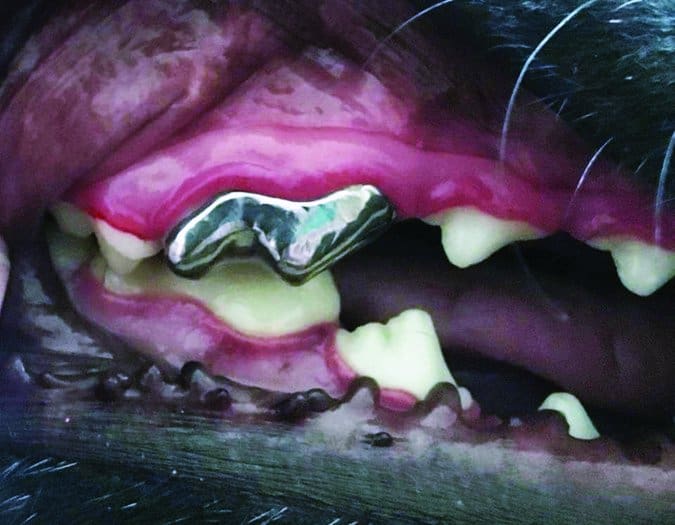
Dr. Kyle Grusling
Extracting a tooth is not as simple as when you tied a shoelace to a loose tooth as a kid. It involves carefully removing jaw bone to expose all of the roots (up to three!) of a tooth and then sectioning the tooth into pieces for safe removal. Then, the space left behind is frequently packed with bone matrix material and the gum tissue is secured back in place with individual stitches as fine as hair.
Usually, additional x-rays are taken after a tooth is removed to help to ensure that no pieces were left behind, as these pieces can cause major problems later. Sometimes, a tooth has an extra root or, when things are really diseased, a root can break during removal. The post-extraction x-rays ensure these things can be addressed immediately, preventing further problems in the future.
Other Dental Problems in Dogs
Sometimes, a dental procedure is recommended for reasons other than tartar and decay.
Retained Baby Teeth
In puppies – especially small-breed puppies – the baby teeth don’t always fall out the way they should. This is a condition known as retained deciduous teeth. When these teeth stick around longer than they should, it can affect the adult teeth. The most frequent culprits are the upper canine teeth, but any tooth can be affected.
When caught early, retained deciduous teeth can be removed before any harm is done, but if left untreated for even just for a few months, it can result in serious crowding and trapped tartar, which can affect eating, swallowing, and even closing the mouth. In some cases, the retained baby teeth can cause the adult teeth to erupt in an inappropriate spot, creating an abnormal alignment of the upper and lower teeth.
Misaligned Teeth
Remember middle school? That terrible time when everyone had braces or palate expanders and bite guards to fix teeth that came in wherever and whenever they wanted? Well, dogs can suffer from all of the same problems, requiring many of the same fixes. That puppy snaggle tooth might be cute, but it can also cause a host of problems and result in serious tartar and gingivitis.
Take Wesley, a puppy made famous by a practice in Michigan. When his adult teeth erupted, the tips touched and he could no longer fully close his mouth. Because of this, he had trouble eating. A veterinary dental practice placed braces (yes, just like the braces worn by humans) and his teeth were adjusted until he could eat normally.
Some early interventions for a misaligned bite can include using something as simple as playing with a tennis ball; the pressure from the ball’s shape encourages the lower canine teeth to shift outward and into a normal position for bigger dogs like Labradors.
When the problem is a bit more involved, a dental device called a wedge can be made to push the teeth apart as they finish coming in. When adult teeth have already come in, the solutions involve a little more; then, braces and selective tooth removal may be used to address crowding and poor alignment.
Fractured Teeth
Dogs can crack or break a tooth involving only the crown, making it just a cosmetic problem, or the crack can expose the sensitive nerves and blood vessels in the dental pulp, leading to infection and death of the tooth.
The teeth that are fractured most frequently are the canines and large carnassial teeth. These teeth are important for chewing, proper tongue placement, and prehension of food. Removal of these teeth functionally changes how a dog eats and can lead to chronic problems. Dogs without canine teeth sometimes have difficulty keeping their tongues in their mouths, which can lead to the tongue drying out and skin infections from constant drool.
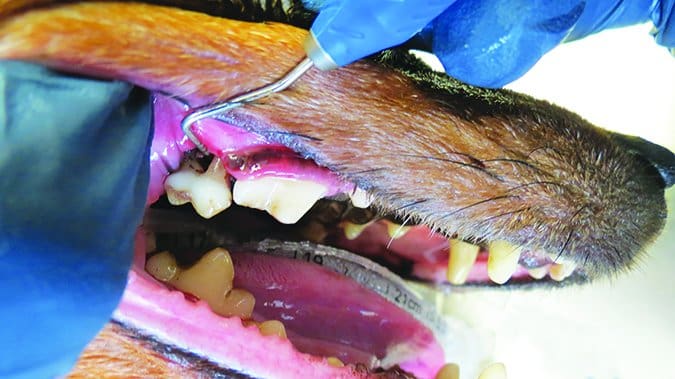
Dr. Kyle Grusling
When an upper large premolar (the carnassial tooth) is removed, the dog will have much more difficulty with grinding kibble and other food. Dogs will adjust by chewing differently or not chewing their food at all, which can cause its own set of problems. Because of the importance of these teeth, root canals should always be considered when the carnassial teeth are involved.
A root canal involves removing the dead and diseased contents of the pulp cavity (or root canal) of the tooth. This canal is then filled in with inert material to keep bacteria out. This allows the tooth to remain in place, be pain-free, and avoids the pain and recovery associated with extraction.
In the event of a root canal, some owners choose to go a step further and pursue an implant or a crown. Medically, there is rarely a reason to place an implant or a crown, but it sure does look neat! In working law-enforcement dogs, I recommend crowns to maintain bite strength, but beyond that, it’s a cosmetic option. That’s not to say you shouldn’t consider it, but it definitely isn’t necessary after a root canal, so if you can’t afford the crown, don’t let that scare you away from doing the root canal!
When to Consult A Veterinary Dental Specialist
Much of what I have discussed above can be handled by your primary care vet, but there are specific times when it is advisable to ask for a referral to a veterinary dental specialist.
For example, any veterinarian should be able to extract a puppy’s retained baby teeth, as long as the puppy has an otherwise normal bite and can close his mouth normally. But if the pup’s mouth cannot close normally, his teeth are hitting one another, food drops out of his mouth when he’s eating, he becomes slow or reluctant to eat, or if opening or closing his mouth makes a noise, it’s time to consult with a specialist.
Sometimes a general-practice veterinarian will be in the middle of a dental cleaning and examination, with your dog under anesthesia, when she discovers a problem that she thinks might be better addressed by a specialist. Don’t be shocked if you get a phone call like this in the middle of a procedure! Your vet may want to give you the option of dealing with the problem right away, or having a specialist take a different tack at another time.
The classic example is with a broken or cracked tooth. The immediate approach would be to remove the tooth, but if it is one of those big carnassials or a canine that helps a dog hold or retrieve items, another option would be to leave the tooth and make an appointment with a specialist who could perform a root canal and perhaps place a crown on the tooth, preserving its use. The decision is yours; your vet is just making sure you have all the facts before making a decision.
Sometimes, it’s easy to see during a physical that teeth are going to need to be extracted. In that case, your veterinarian will make an assessment if this is something she is comfortable doing or if a referral is needed.
Small breed dogs can have severe dental disease leading to what are called oronasal fistulas – holes between the mouth and the sinuses from severe infection at the canine teeth. When this happens, dogs often sneeze or have snotty noses. Some primary veterinarians are comfortable repairing these and some are not. It involves a high degree of skill, so if your vet recommends you see a specialist, please consider this seriously!
Simple extractions, such as those involving the incisors, can typically be done by your primary vet. A lot of us are even comfortable with the more complicated removal of canine teeth, premolars, or molars. But there are times when I will look in a mouth and immediately recommend referral.
This was the case for my own technician’s dog Lenny, a St. Bernard with a special condition called CUPS (chronic ulcerative periodontal stomatitis). Without going into too much detail, CUPS is effectively an overzealous response to tartar, resulting in ulcers in the mouth where tissue touches it. This dog had huge teeth that were mostly healthy. Because of how long the procedure would take and how involved the extractions were that would be needed, Lenny was referred to a veterinary dental specialist, where it took four procedures and almost 10 hours of surgery to address the situation.
Ask Your Veterinarian Questions About Dog Teeth Cleaning Before Scheduling
Most veterinarians require that your dog has a brief examination in a short appointment before a dental cleaning is scheduled; some practices offer these visits as a free consultation. If the vet recommends a cleaning, this is your chance to ask a number of important questions about what it will involve.
Make sure you understand what sort of anesthesia monitoring will be used, who will perform the cleaning, who will perform any extractions that are needed, and if there is dental x-ray. You should always expect your veterinarian to examine the teeth and complete any removals or other surgical procedures that are required.
It is also wise to ask about root canals and other options to save a tooth (especially if it is a canine or premolar)if, during the cleaning, one is found to be broken. While root canals are more expensive than extraction, they save your pet from future complications.
If extractions are planned, be sure to ask about pain medication and any other recommended aftercare.
Teeth are Important!
We know so much more today about canine health than we ever have and perhaps one of the biggest advancements in recent years has to do with more aggressive promotion of dental health. Diseased and broken teeth cause so many dogs so much pain, and they aren’t necessary! Professional dental procedures are perhaps the most valuable tools in a dog owner’s arsenal for helping his or her canine companions live a long and comfortable life.
A 2011 graduate of Michigan State University’s College of Veterinary Medicine, Kyle Grusling practiced emergency medicine for three years before switching to a general practice. Dr. Grusling works at Northland Animal Hospital in Rockford, Michigan.


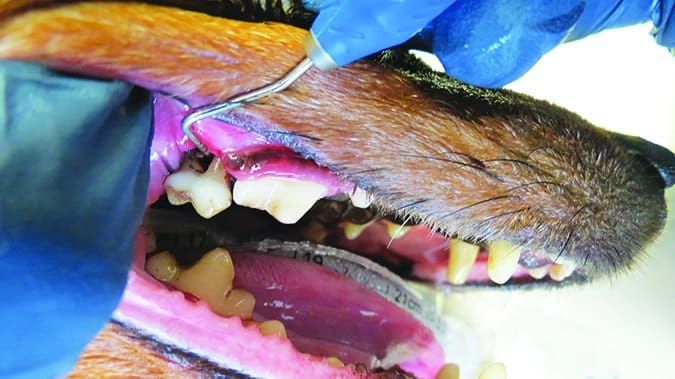
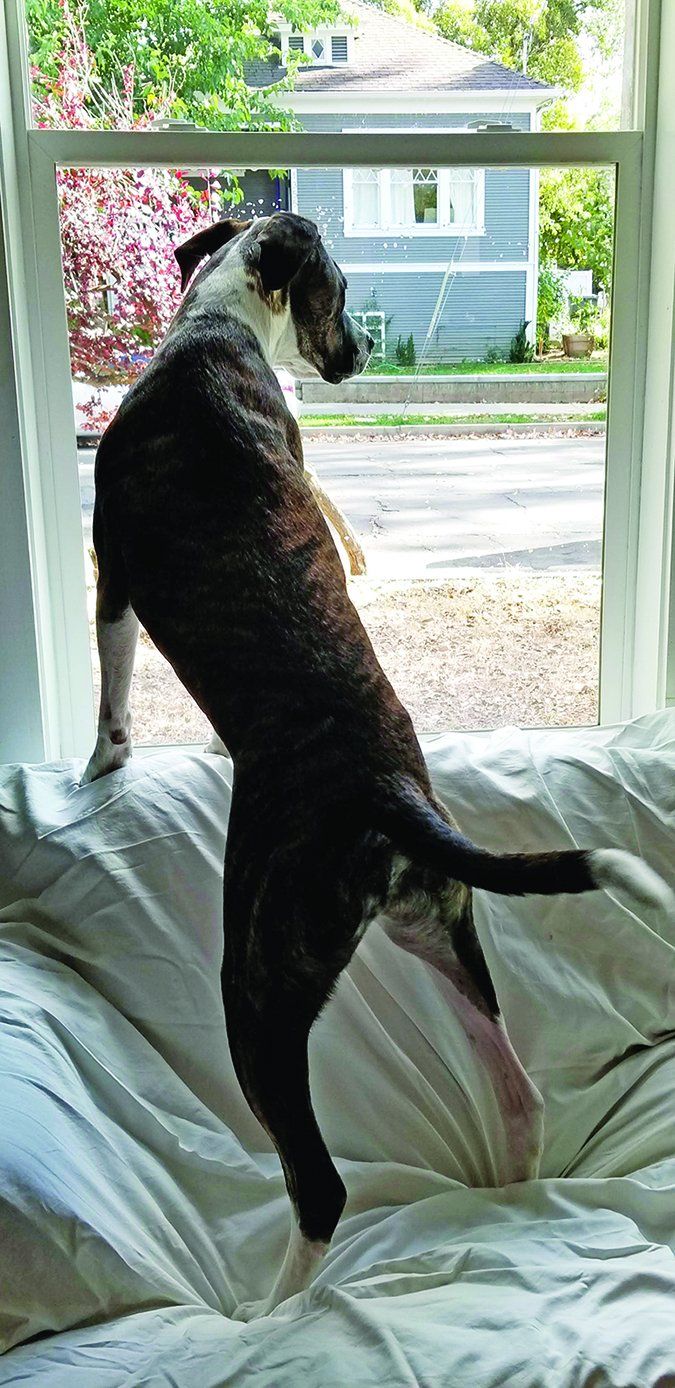
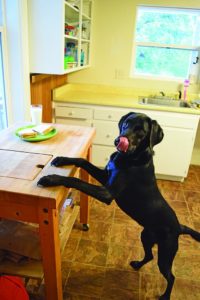
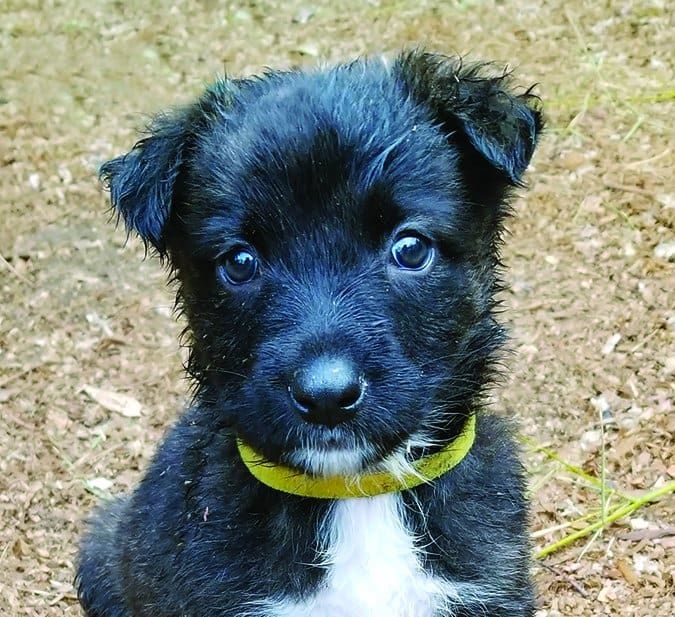
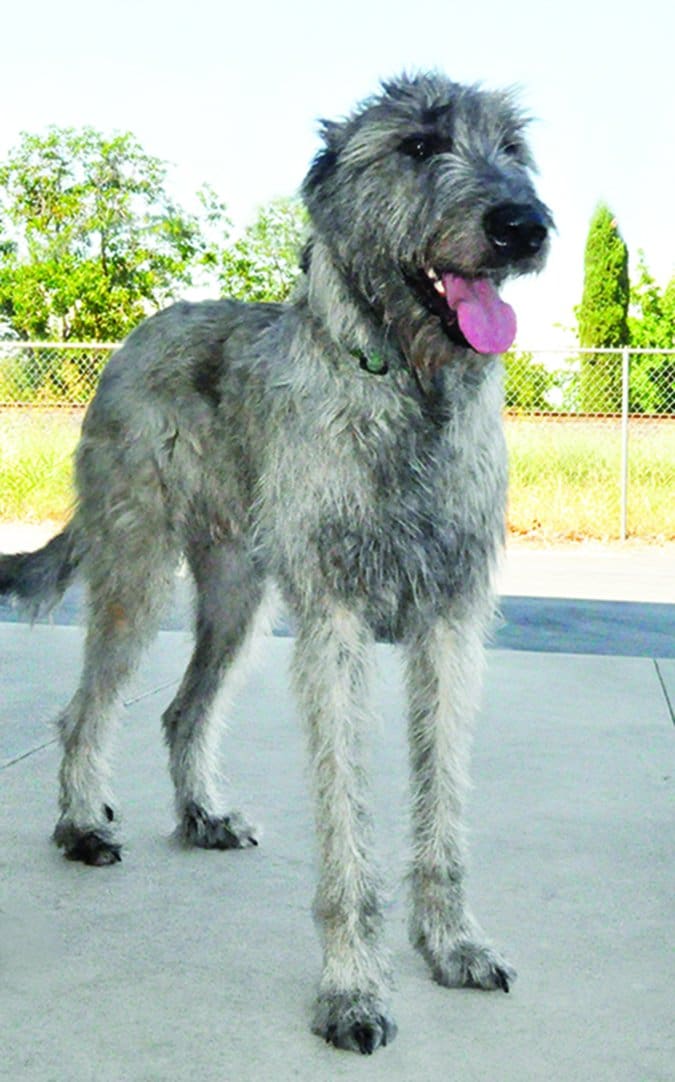
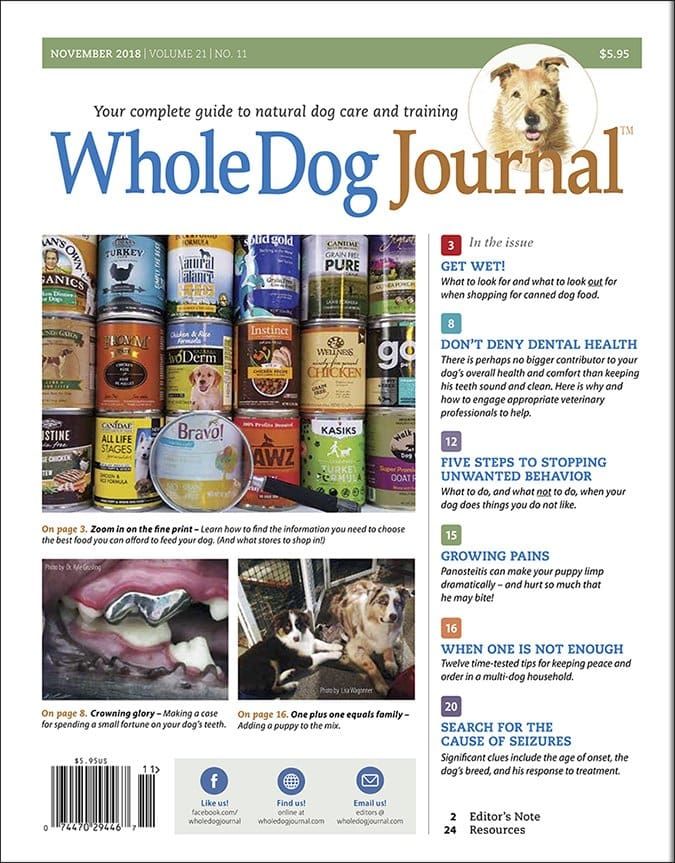

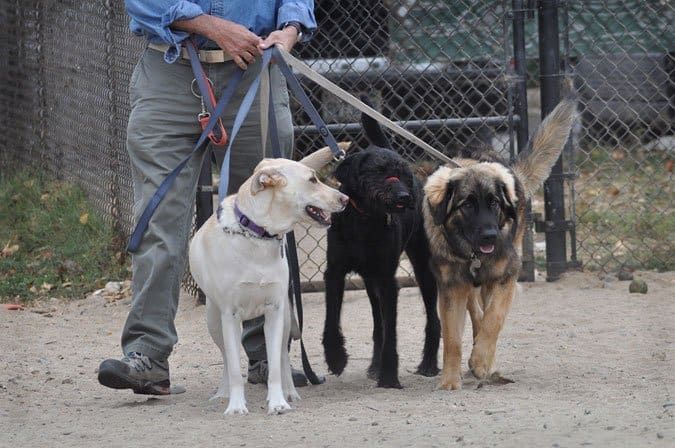
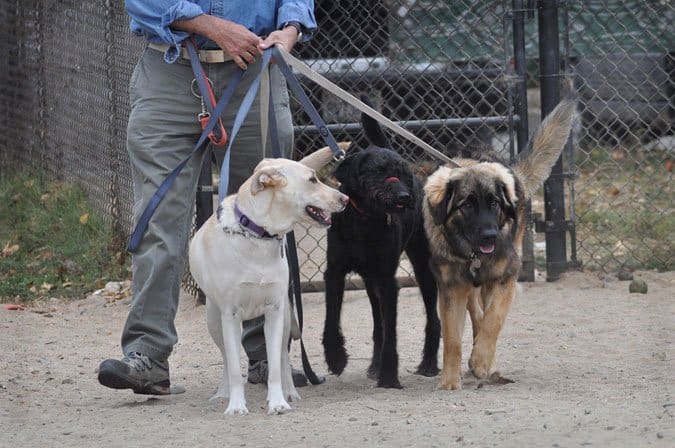


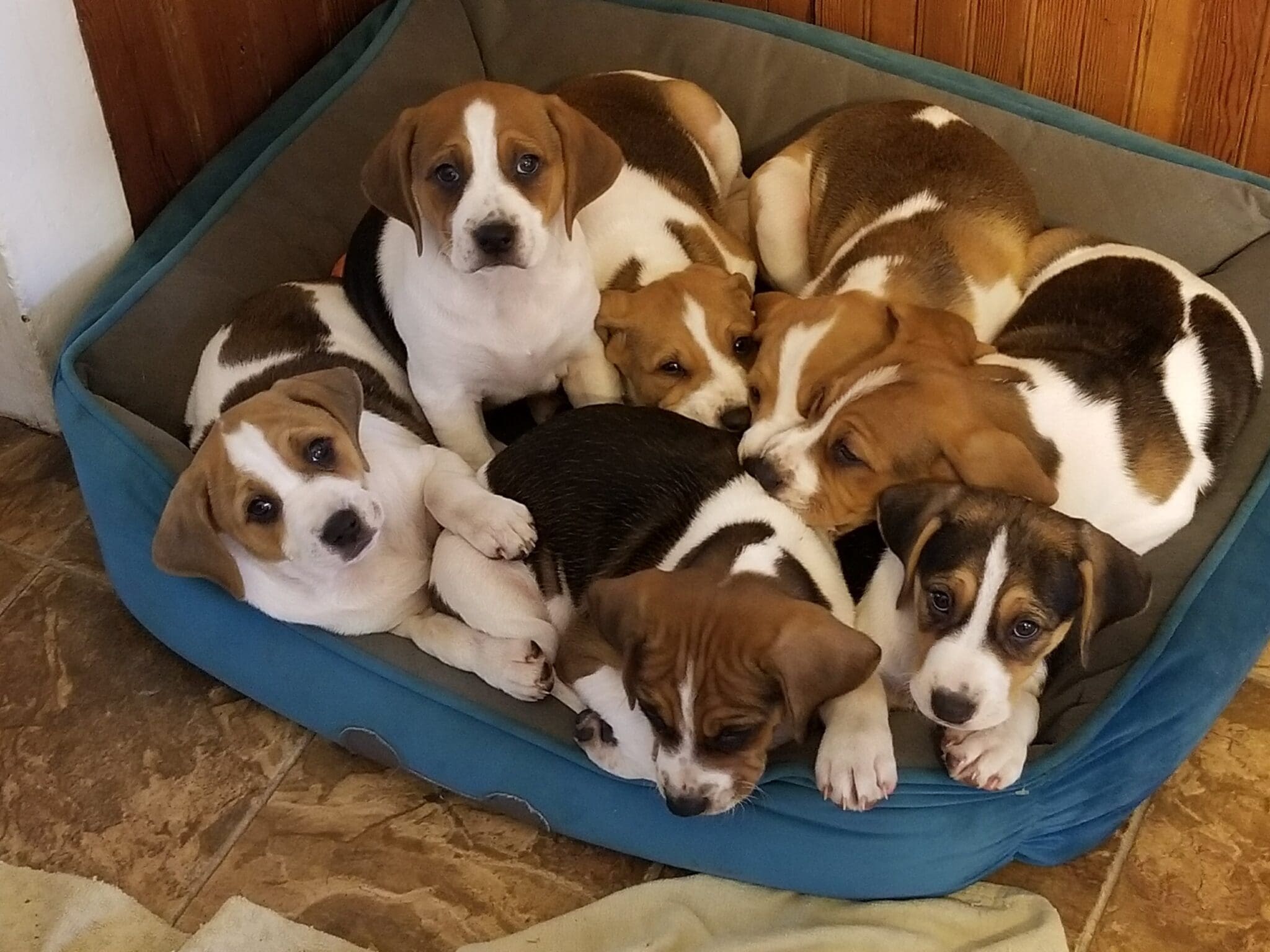
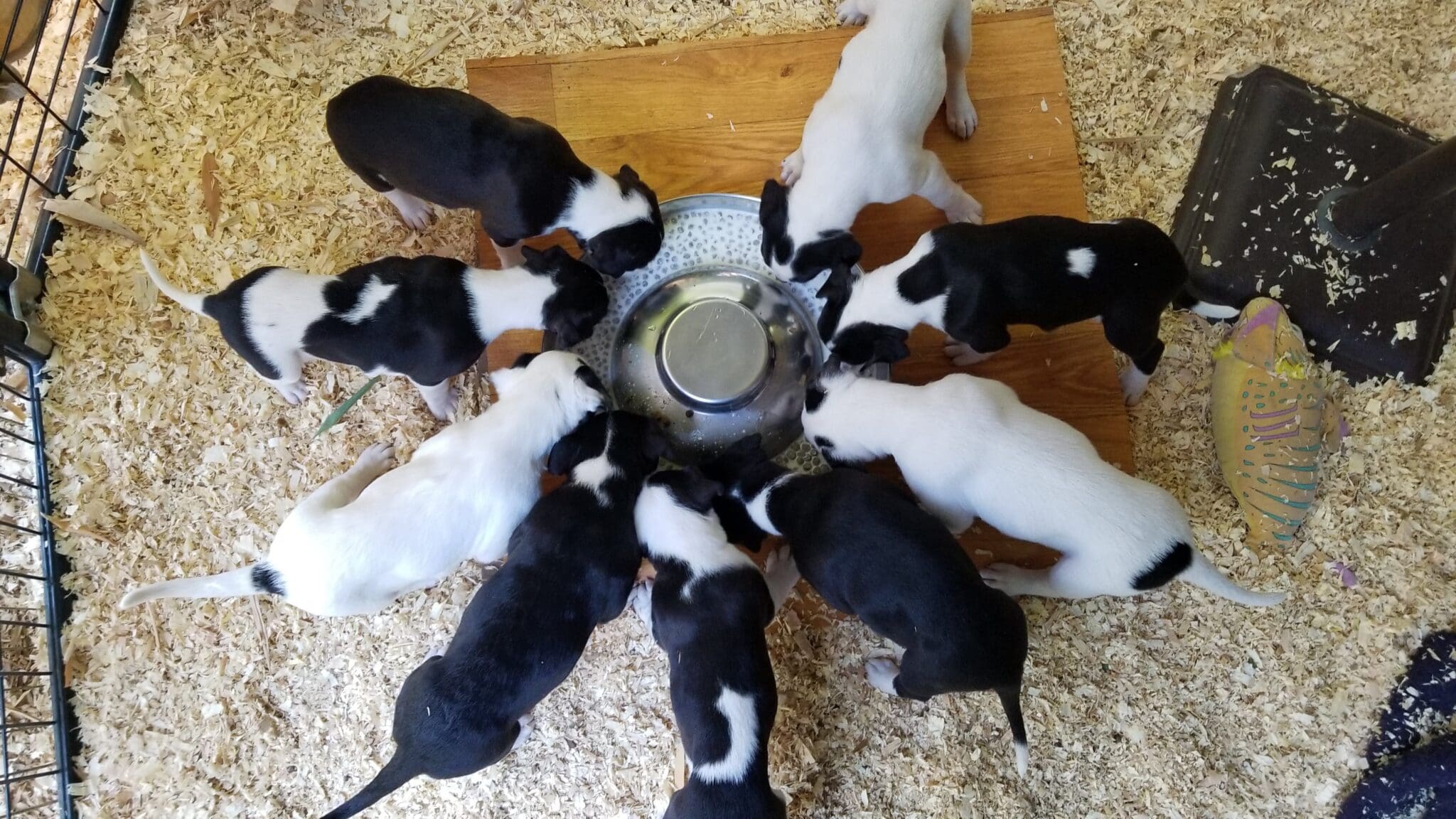
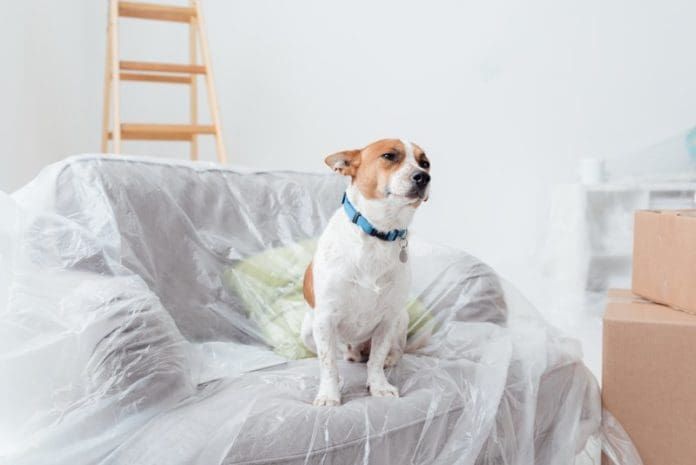

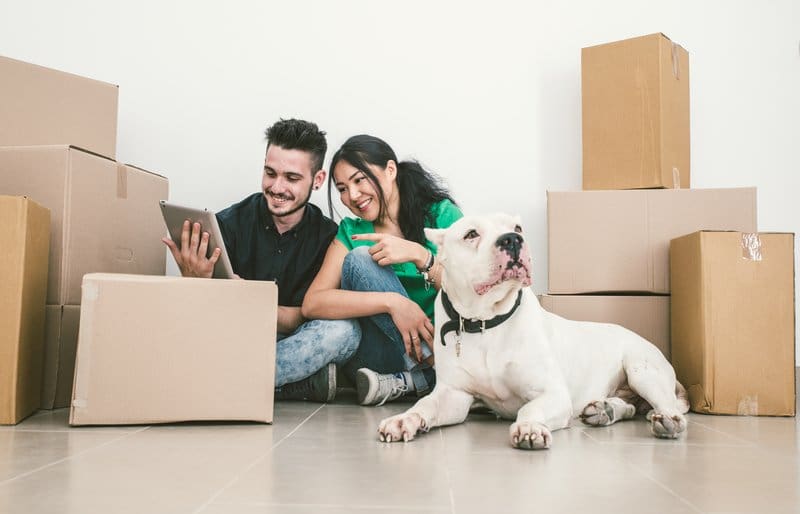
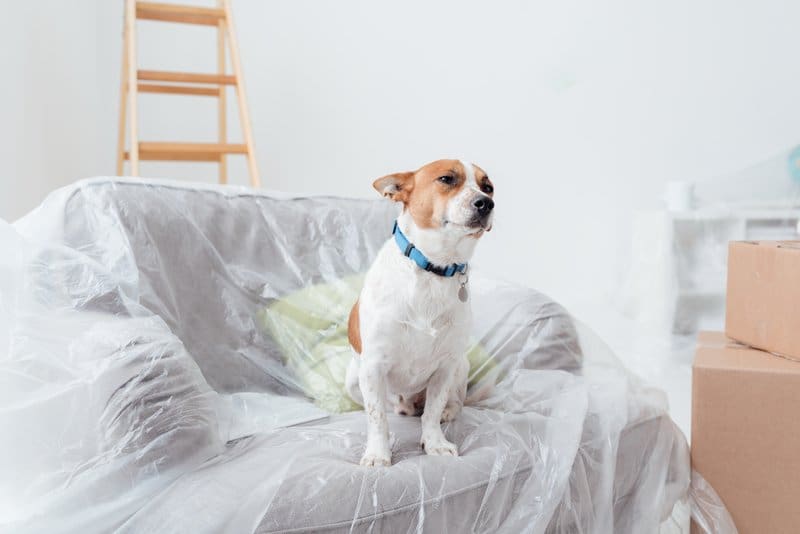
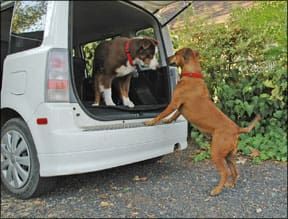
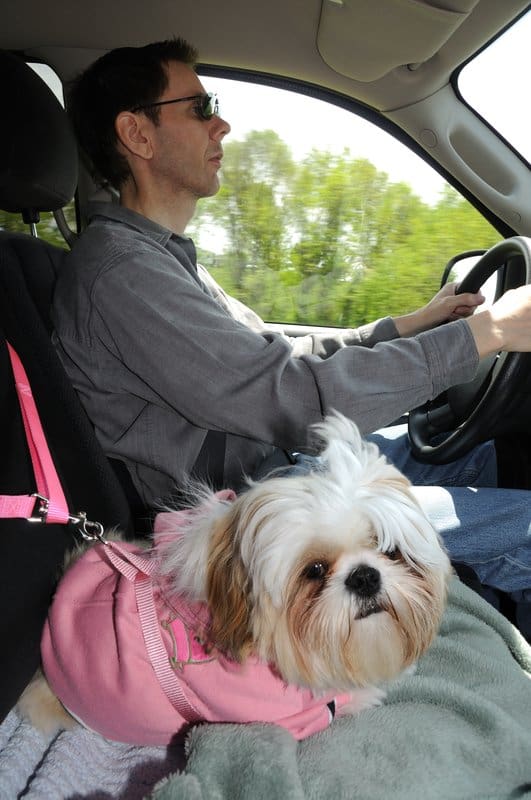
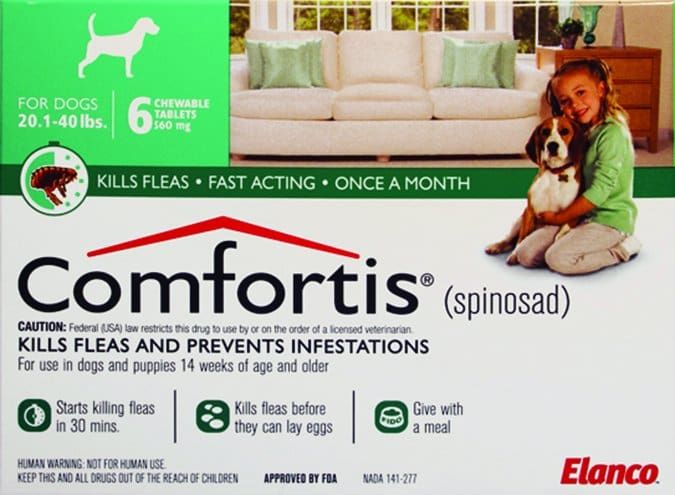
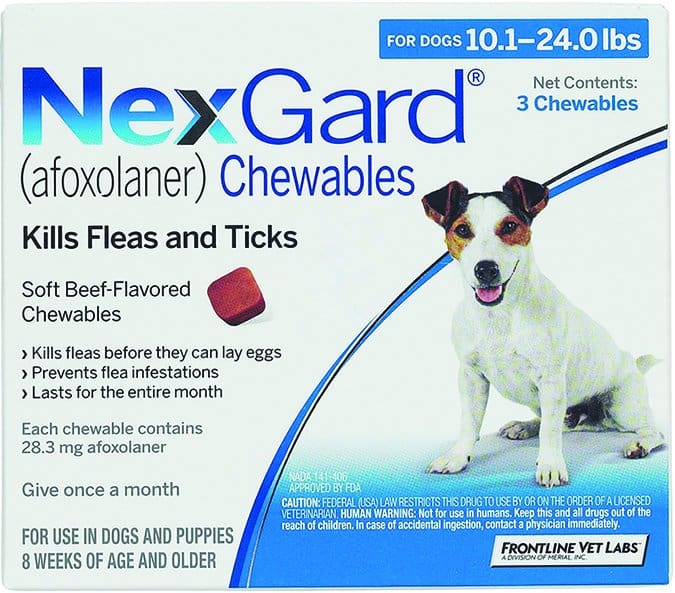
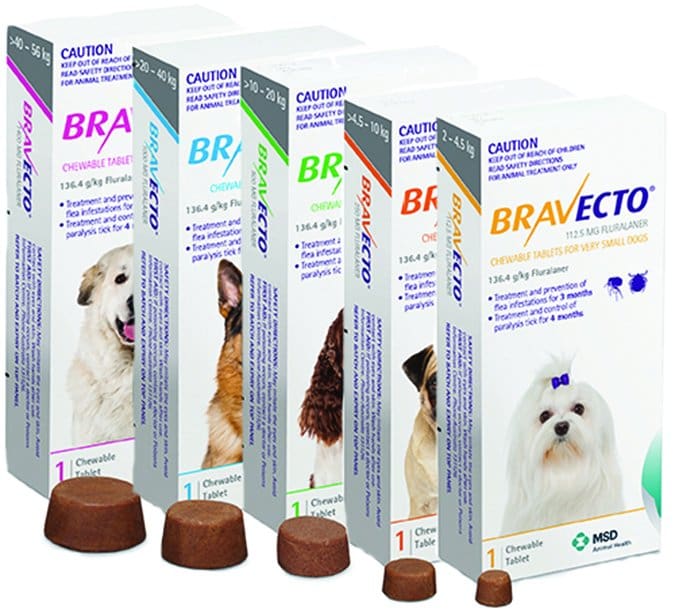
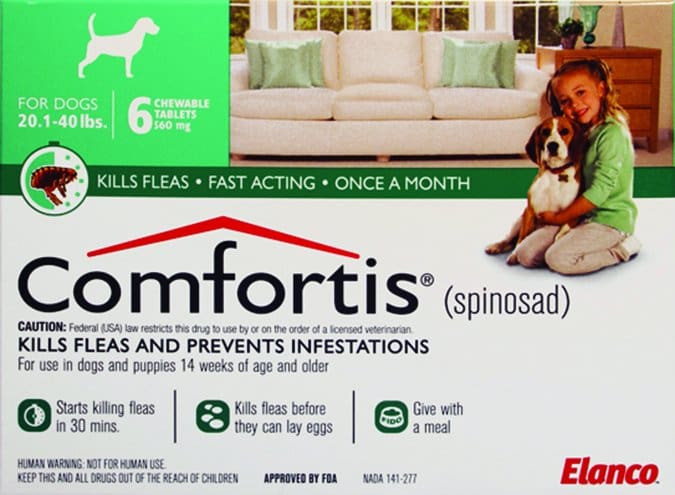


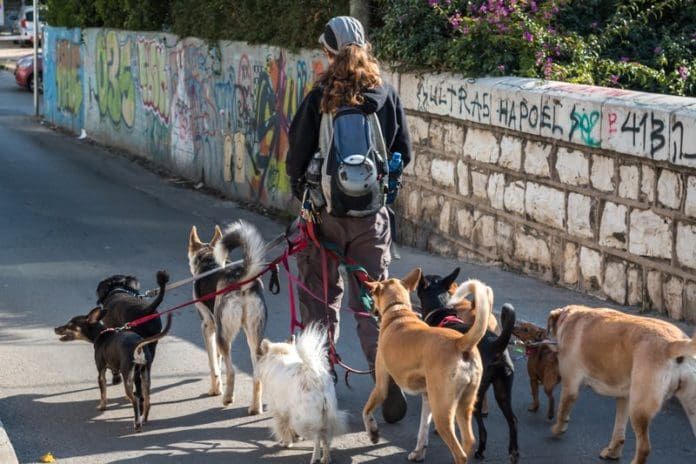
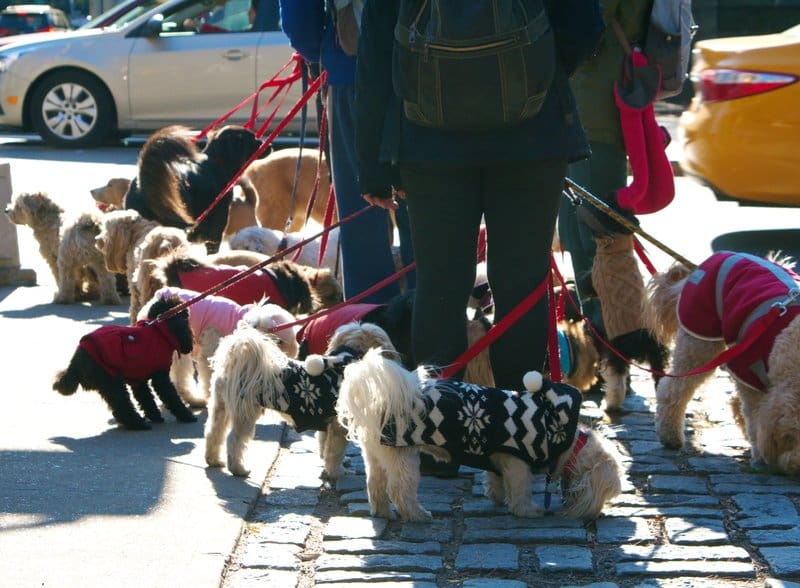
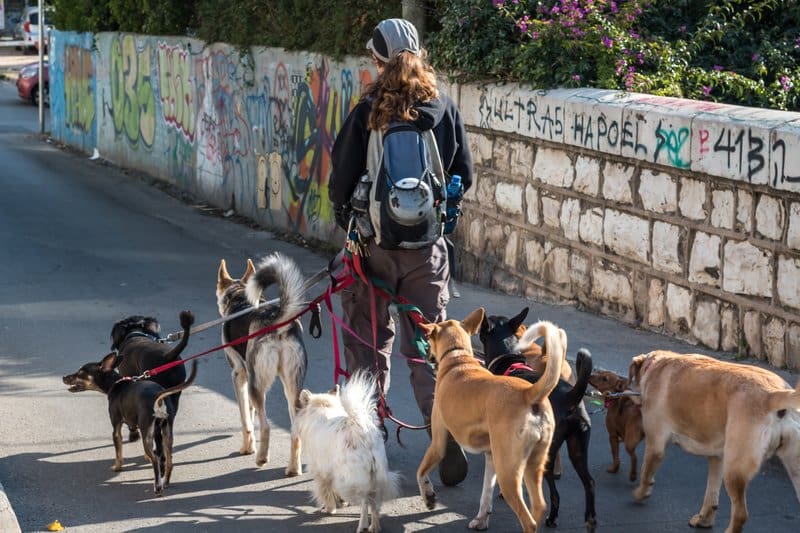
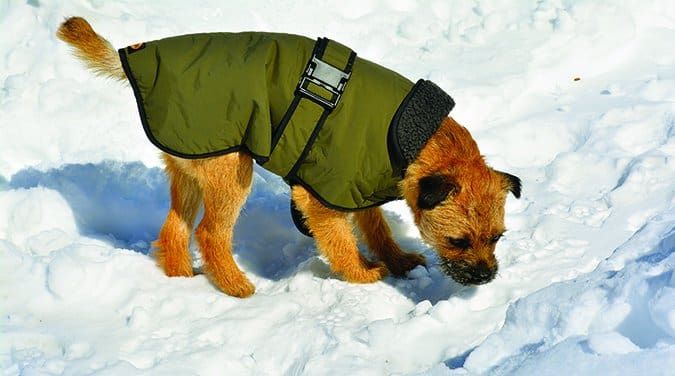
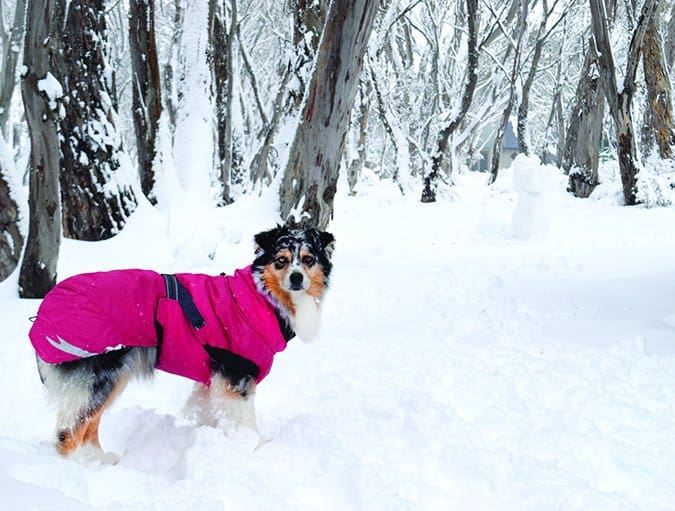
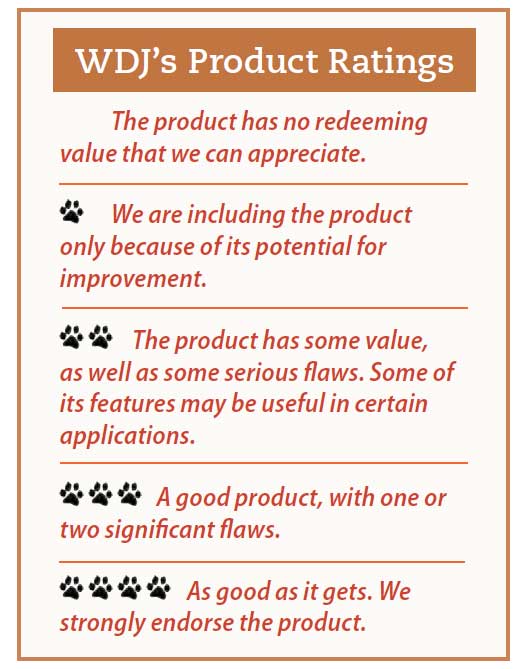 All of the dog winter coats we selected to review came well-recommended by friends, so it stands to reason that all of the products in this review will receive favorable ratings. (Believe us, there are countless crummy coats out there; we couldn’t begin to list them all.) But of course, we developed our own favorites among the products we tested.
All of the dog winter coats we selected to review came well-recommended by friends, so it stands to reason that all of the products in this review will receive favorable ratings. (Believe us, there are countless crummy coats out there; we couldn’t begin to list them all.) But of course, we developed our own favorites among the products we tested.